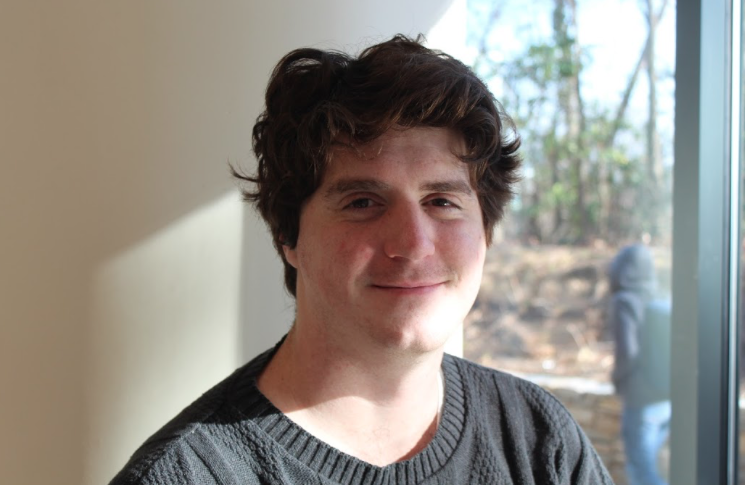
Speaking on structure: “In the 17th century, Japanese people would have contests where they sat, and five poets would write a verse and then hand it off, and then hand it off. And so they get passed around. And then you’d have an evening activity. And after three hours, you’d have about a hundred verses and there’s all these really specific rules and it’s amazing! But it also had to strictly adhere to these rules, it had to have (very much like opera) an overture and an introduction to what the themes of the evening are going to be. And then there’s an intensification, and then there’s kind of a resolution. And that mimics our five paragraph essay…it mimics a lot of our IMRAD papers, and so, it’s a lovely kind of form to keep in mind, and so I find myself using it. I have little subtitles that say, “introduction to the themes,” “intensification,” “resolution”–it’s a good way to think about, a good way for me to frame my creative work and it works. It’s worked for hundreds of years in the East and, you know, it works here too.”
Darcy Gagnon is an alumni of the MFA program, who specialized in creative nonfiction.
